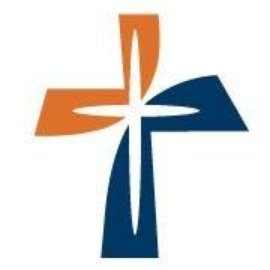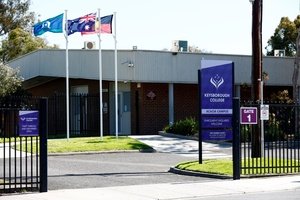Schools are complex environments, comprising a multitude of stakeholders all with their own experiences and views on teaching and learning.
And while most, if not all, agree that maximising student achievement and outcomes is among the core objectives of school education, the best way to go about this is often the subject of rigorous staffroom debate (even though the evidence is clear regarding many facets of effective pedagogy).
Factor in external influences, such as annual NAPLAN reporting and the laser-like focus it attracts from the news media, there’s arguably never been more pressure on schools.
So, what if you are a school leader who has identified some areas for improvement in your own school. How do you spot that red flag signalling a need for change? And once you do, where does a school transformation project begin?
For the leaders at Grace Lutheran Primary School, based on the Redcliffe Peninsula north-east of Brisbane, the impetus was a lack of learning progress in the early years combined with inconsistent student literacy results across the entire school.
On closer inspection, it became clear that the majority of students required reading intervention, far exceeding the number of those who were meeting literacy benchmarks.
The school initially thought the issue was an intervention problem that required external support for the students most in need. And while most staff recognised the need for a change in the school’s overall approach to teaching literacy, there was no consensus on why change was necessary or which program to adopt.
Classroom program selection in the past had typically been influenced by personal preferences or recommendations from colleagues.
In general, the school suffered from the lack of a unified and compelling rationale for making a change.
Having worked with schools on school improvement journeys for more than 20 years, I’ve seen this scenario repeated many times.
However, there are strategies – I call them high-impact levers – that school leaders can prioritise when seeking to implement change management processes that aim to lift student achievement schoolwide. These include:
- Connect leading to learning to provide structure for key areas of school transformation.
- Determine the ‘right’ work to focus on based on evidence.
- Build a healthy collaborative school culture by leading from the top.
- Effective pedagogy and systematic teaching of literacy at the core of school improvement.
- Reading programs based on explicit teaching of synthetic phonics in the early years.
- A well-developed school improvement plan.
In the case of Grace Lutheran Primary School, the deputy principal decided to kick things off with a “collaborative action research project”, inviting motivated staff members to opt in.
To their surprise, 60 per cent of classroom teachers put their hand up to be part of the working party, largely teachers in the lower-primary years.
It was the aim of the deputy principal that the group first come to a shared understanding of the evidence base so they could identify a systematic and evidence-based literacy program that staff could depend on, reducing the risk of children falling behind.
This ticked off several of the high-impact levers mentioned above by visibly connecting leading to learning and prioritising collaboration.
Aware that staff had different preferences for literacy programs and may be unwilling to give these up if there was a unilateral top-down decision, the working party helped to facilitate broad buy-in to the process.
After investigating the merits of multiple literacy programs, the school has since embedded MultiLit’s whole-class literacy program, InitiaLit, as well as its MiniLit Sage and MacqLit intervention programs for students who require additional support.
All programs have a focus on explicitly teaching synthetic phonics.
Six months in, teachers have observed a marked improvement in reading data, particularly in Prep and Year 1, where the number of students needing intervention has decreased significantly.
Staff also report that they have benefited professionally due to the programs creating a shared language among teachers and education assistants, enhancing their ability to deliver effective instruction and reducing the variability of instruction from one classroom to the next.
The school has shifted from predictable text home readers to decodable books to further support children’s learning.
While the school transformation journey is rarely simple, as the experience of Grace Lutheran Primary School shows, it's fundamentally worthwhile – for students and teachers too.















